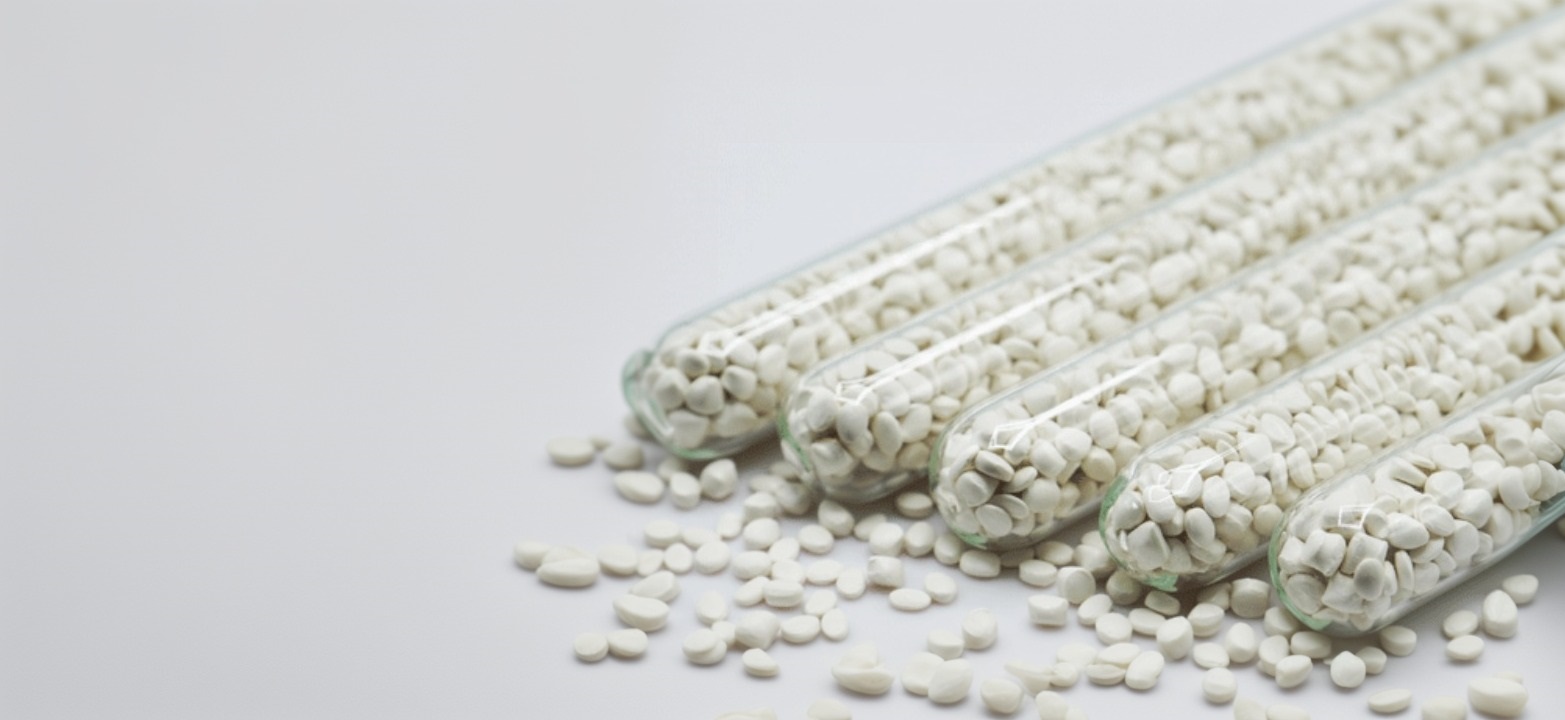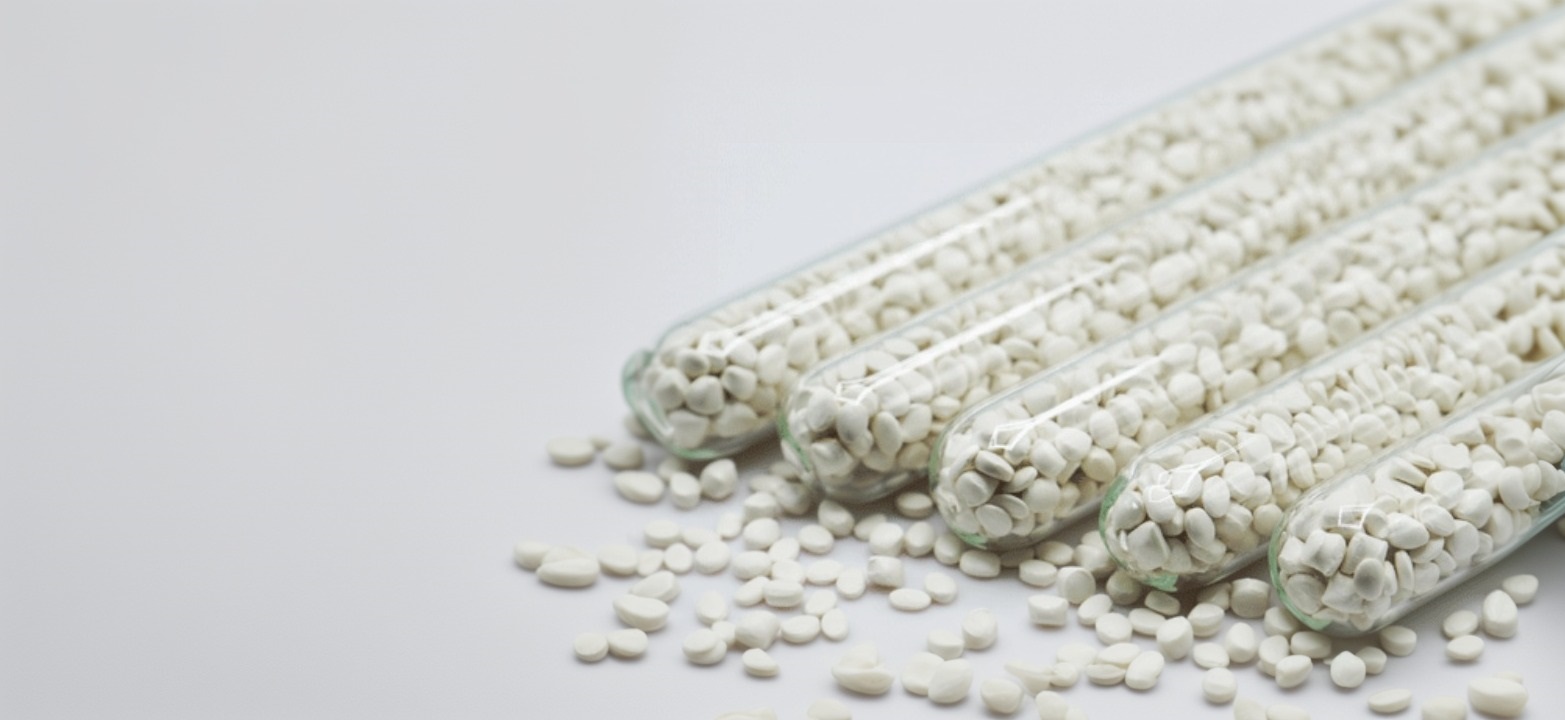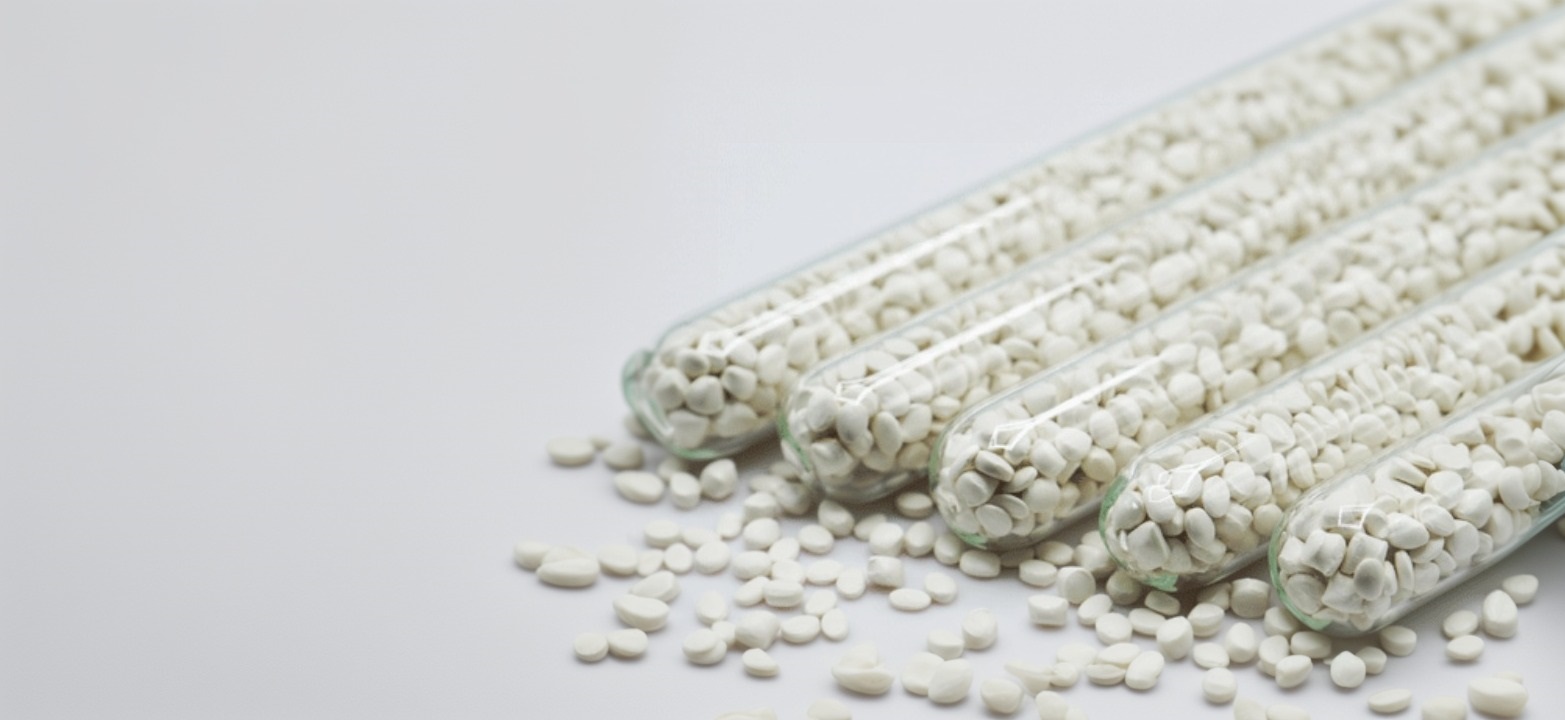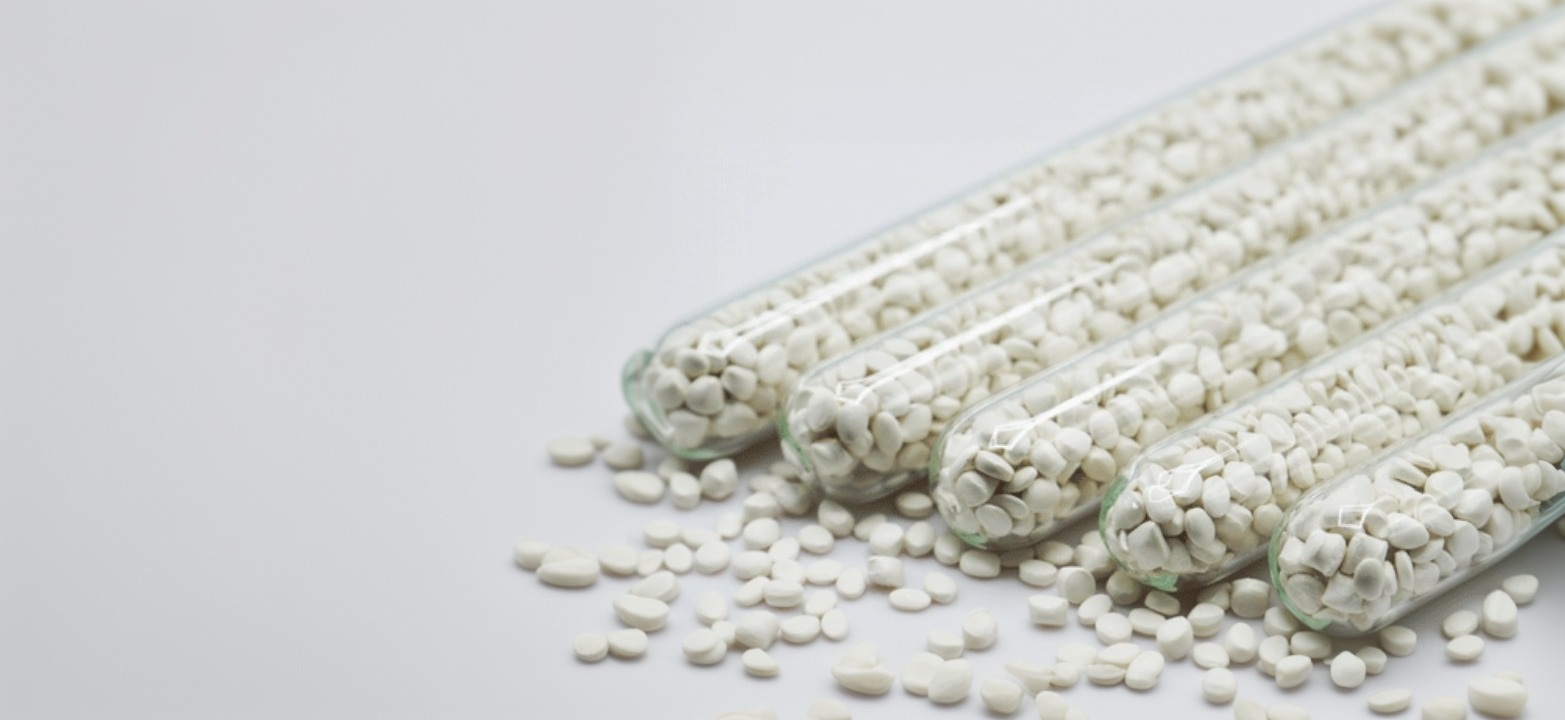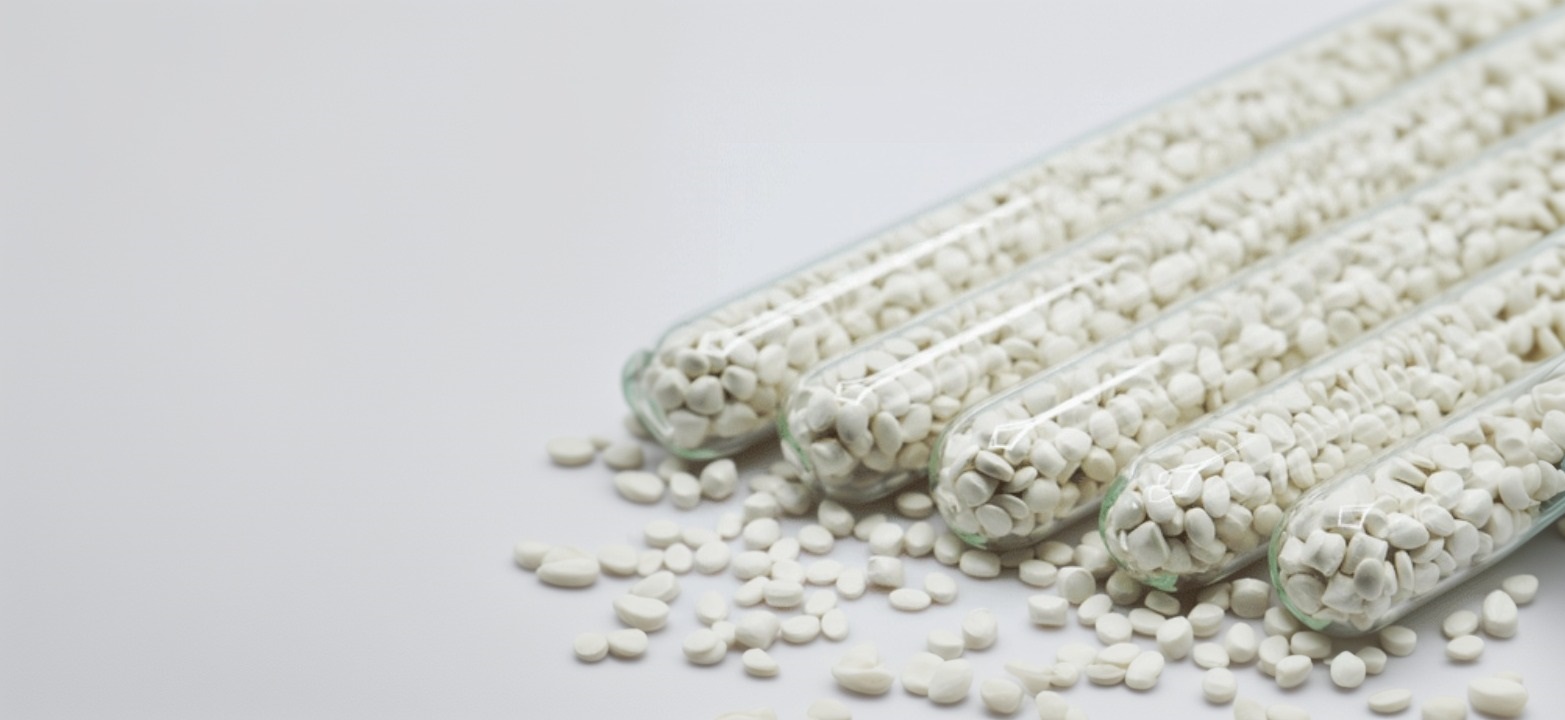Polyamide
Impact Resistant Polyamide 6 Compound
Impact resistant polyamide 6
Flame retardant polyamide 6
Glass fiber reinforced polyamide 6 compound (BATOMID) is a thermoplastic suitable for replacing metal parts and alloys. The salient features of glass fiber reinforced polyamide 6 compound include increased strength and mechanical modulus, thermal resistance and abrasion resistance with the aim of increasing the useful life of the part in the short and long term. Reinforced polyamide 6 compounds are widely used in the manufacture of parts used in the electrical and electronics industries, automotive and other industrial applications. In addition to existing grades, Baspar Toshe Dawam Chemi Knowledge-Based Company is able to design and produce customized types of reinforced polyamide 6 compounds with the aim of meeting the diverse needs of customers.
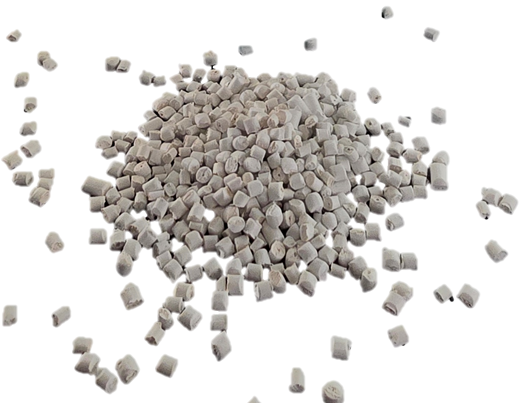
Technical specifications:
Glass fiber reinforced polyamide 6 compound is an engineering compound that not only has good physical, mechanical and thermal properties, but is also widely used for manufacturing various parts due to its low weight compared to metals. Baspar Tose Company has a chemical portfolio of reinforced polyamide 6 compounds with a variable weight percentage of glass fibers from 10 to 40 percent in its product portfolio. The need of engineering industries for parts with high modulus and strength has led us to always take steps towards supplying and producing various types of glass fiber reinforced polyamide 6 compounds with superior quality and customization capabilities. Polyamide 6 engineering compounds are available in a variety of colors and black in domestic and foreign markets. Baspar Tose Company engineers are always trying to provide the most suitable grades of reinforced polyamide compounds for manufacturing prefabricated and final parts through the injection process to consumers and engineers in the production fields. It should be noted that designing and producing customer-specific formulations, as well as consulting and proposing the best process conditions to customers, are other services provided by Baspar Tose Dawam Chemi Company, which are carried out by the research and development team of this complex. Some of the properties of glass fiber reinforced polyamide 6 compound are mentioned below.
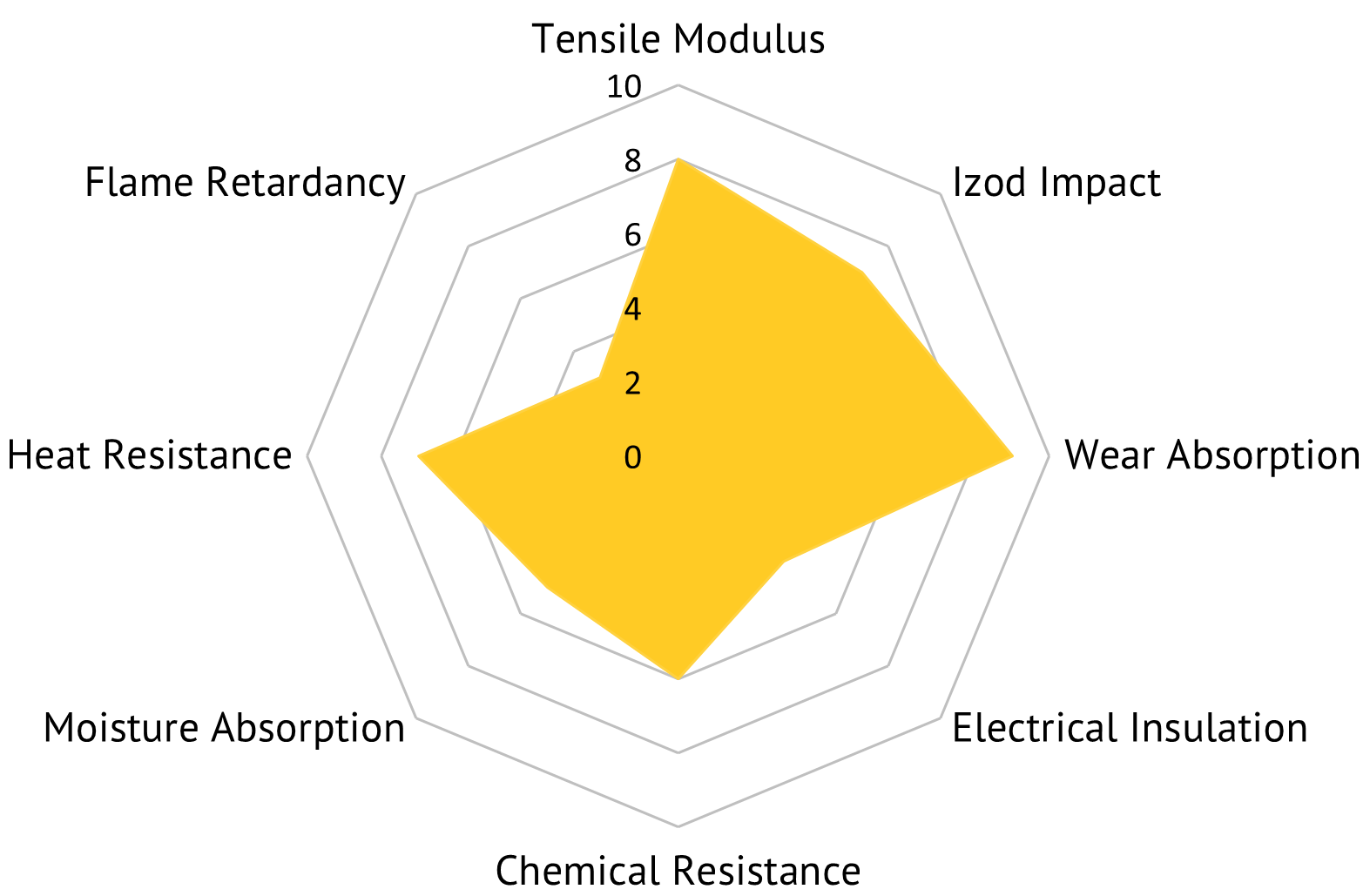
Variety of grades:

Glass Fiber Reinforced Polyamide 66 Compound
Polyamide 66 glass fiber
Flame Retardant Polyamide 66 Compound
Flame Retardant Polyamide 66 Compound
Flame Retardant Polyamide 6 Compound
